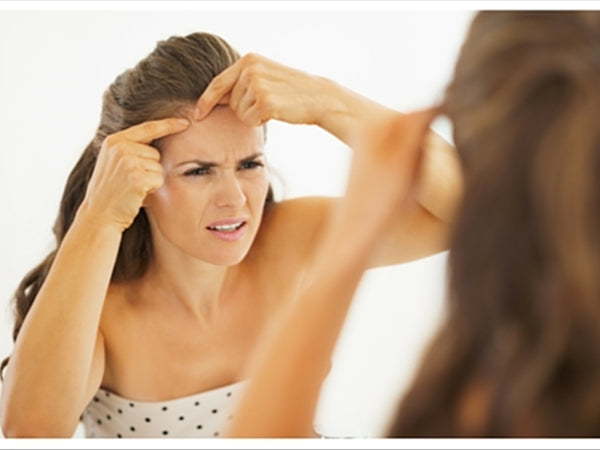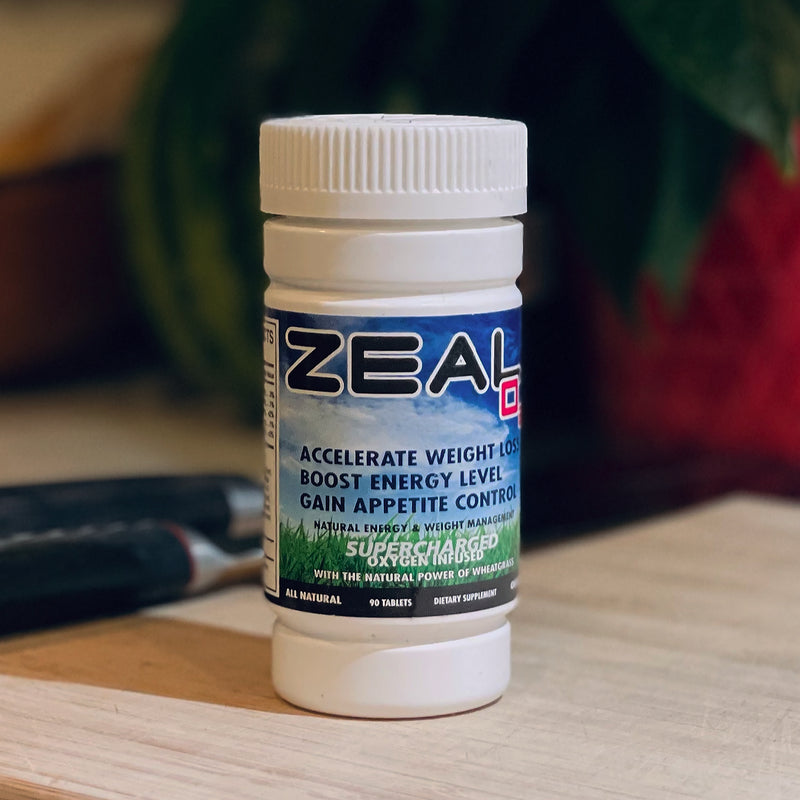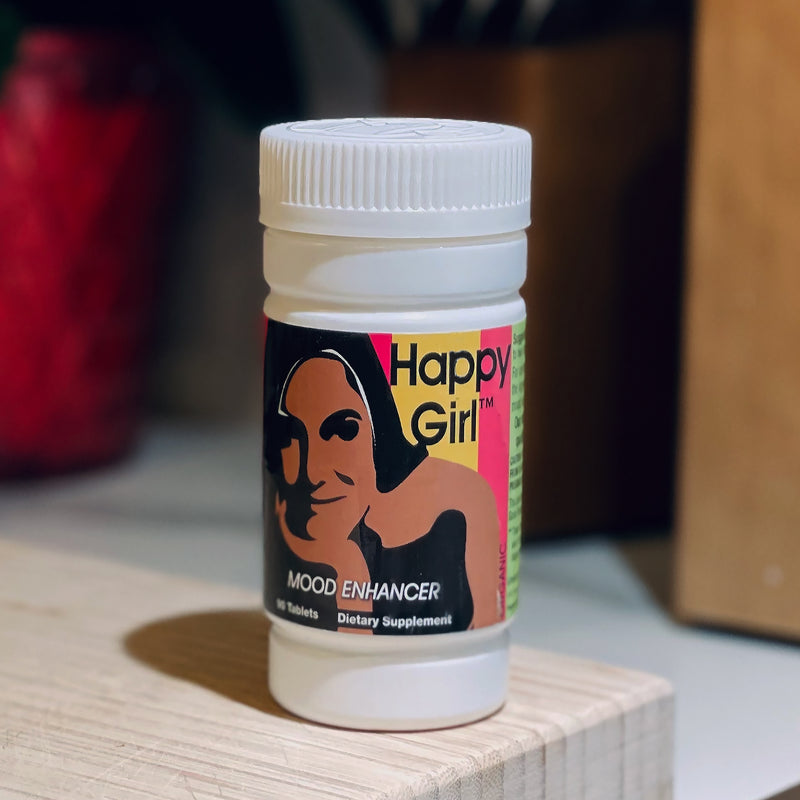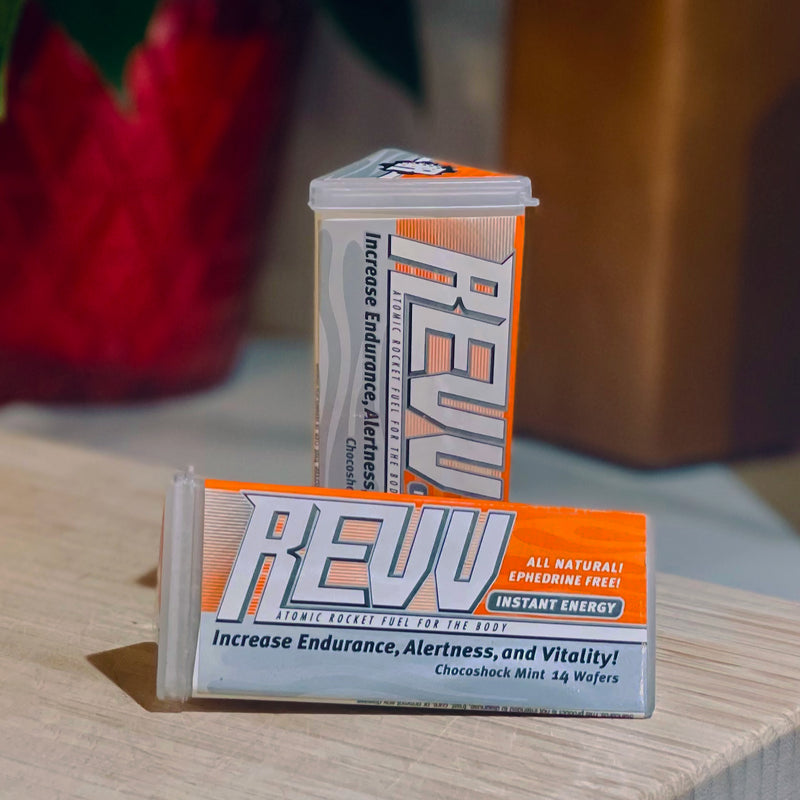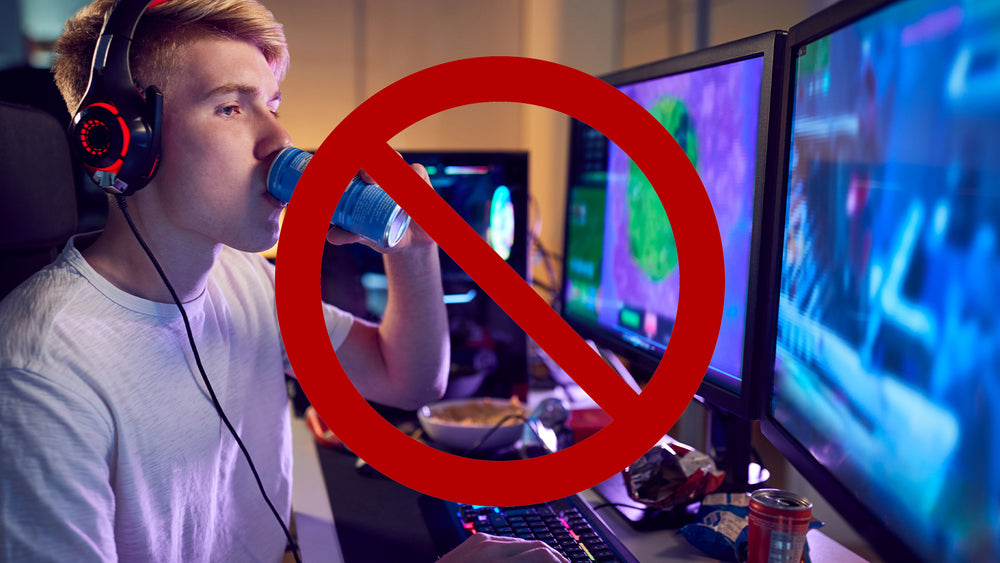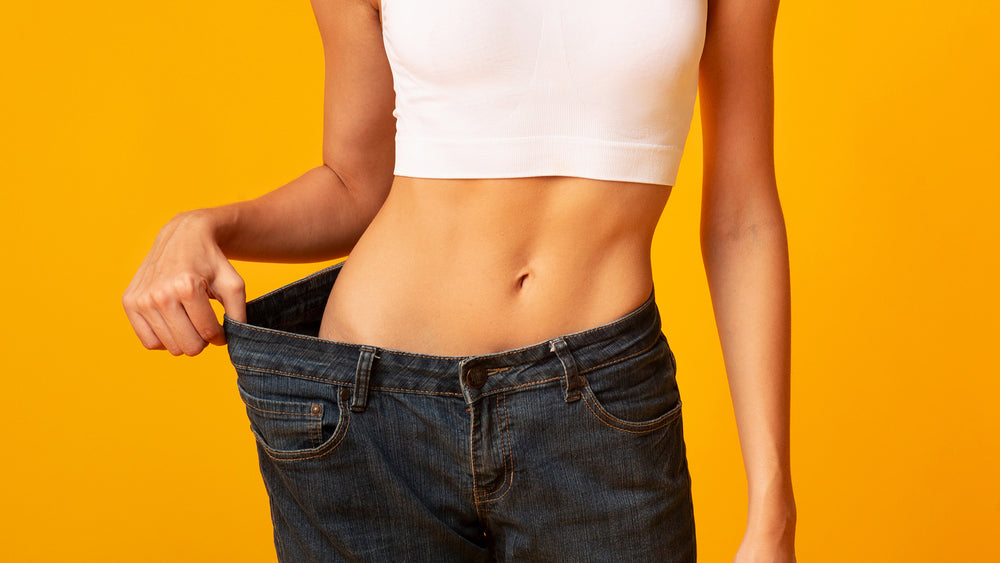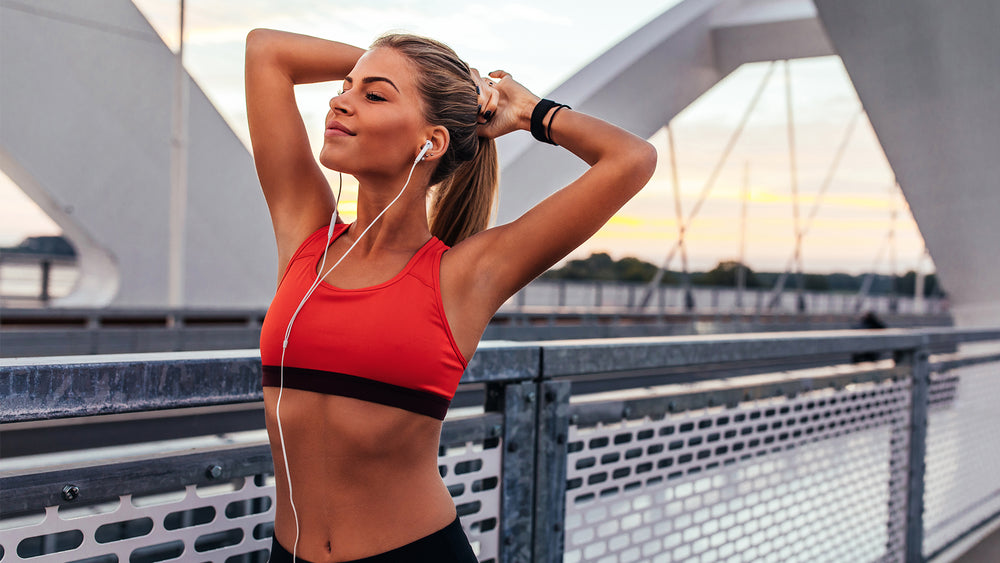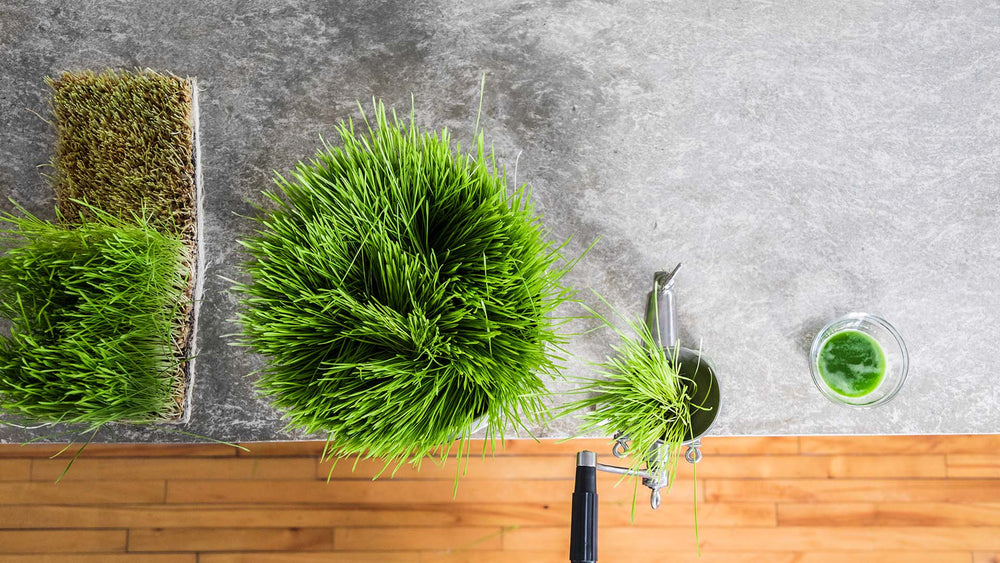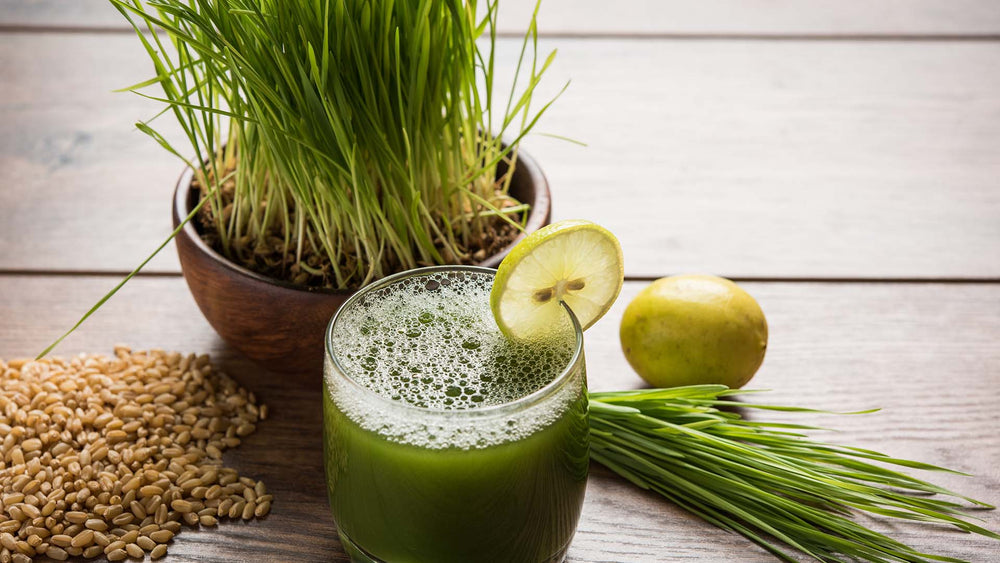Sure, heredity has a lot to do with how we age and what we look like, but it’s not the only factor. A healthy diet and lifestyle can help you maintain a vibrant appearance. Improve lackluster or thinning hair, brittle nails, a bad complexion and other health and beauty problems with nutrition. If you have one or more of the following maladies, look for the cure in your kitchen first before running out to get time-consuming (and expensive) beauty treatments.

Dry, Lackluster Hair
Instead of reaching for an expensive bottle of shampoo or conditioner, beautify dull, brittle hair with a protein-rich diet. Hair is made of a protein called keratin, so eating lean meat, fish, beans and other foods containing protein will help keep it strong and shiny.
An absence of iron in the diet causes both anemia and hair loss. Eat iron-rich spinach, lentils, raisins and red meat to counteract these problems. If you take iron supplements, be sure to take them with orange juice or Vitamin C to increase absorption.

Under eye Circles
Too much salt in your diet leads to a puffy under eye area. Don’t add salt to food and avoid chips and pre-packaged, processed foods, which contain lots of sodium. Salt makes you retain fluid in your belly - and all over your body.
When you load up on salty chips, fries or fast food, it will do more than pack on the pounds. Excess salt draws water out of cells and into your tissues to leave you bloated and dehydrated. Eat more bananas, potatoes, fish, yogurt and other potassium-rich foods to alleviate bloating under your eyes and elsewhere. The suggested amount of potassium for adults is 47,000 milligrams per day.
And get more sleep! The next time you wake up with dark circles and/or puffiness under your eyes, it may be due to insomnia or poor-quality sleep.

Dry Skin
If you have dry, flaky skin on a regular basis, you should take a look at your daily habits. Bathing too often in hot water or using harsh lotions or soap may make skin dry. Aging is the main culprit when it comes to dry skin. We lose the natural humectant or NMF (natural moisturizing factor) in our top skin layer at about 40 years old, and we’ll need to replenish it from food and other sources.
Some great foods to heal and moisturize dry skin include:
- Avocados, which contain healthy fats and oils. They also have lutein, selenium, potassium and Vitamin K for all-around nutrition.
- Salmon has Omega-3 fatty acids to protect against inflammation and redness, which causes skin to flake and itch.
- Flaxseeds are a good source of anti-inflammatory Omega 3s for vegans.
- Olive oil is full of Vitamin E and healthy fats. Use it to cook, and use it to make a salad dressing.
- Eggs are high in protein for stronger hair and more energy, but it also aids in cell regeneration. The sulfer and lutein in eggs increases moisture in your skin to boost elasticity.

Acne
Acne doesn’t have to be a teenage rite of passage, or at least not such an embarrassing one. Even adults with acne can reduce or prevent breakouts with a few diet and lifestyle changes. For a clearer, oil-free complexion, avoid or substantially reduce intake of the following foods:
- Fried foods
- Sugar
- White bread
- High sodium snacks – chips, pretzels, etc.
- Alcohol
- Shortening and Margarine
- Frozen dinners
Replace junk food and processed foods with the following healthy alternatives for a clear complexion:
- Salmon, mackerel and other fatty fish with inflammation-fighting Omega 3 fatty acids
- Nuts, which contain zinc and selenium, two minerals missing in people who suffer from acne
- Broccoli, with its high amount of antioxidants, Vitamin K and Vitamin C fights free radicals that cause skin damage
- Brown rice guards your skin from stress breakouts with its large cache of B vitamins
- Red grapes help control skin breakouts due to allergies, and they contain antioxidants to fight inflammation

Cellulite
Every woman struggles with cellulite to some degree, even skinny and average women. You don’t have to be overweight to encounter cottage cheese thighs, a dimpled tummy or a lumpy butt. Spending less time sitting at the computer and more time exercising helps tighten up your lower extremities, while lifting arm weights helps tighten “bat wings” and cellulite on arms.
What you eat can help banish dimples and lumps on your thighs, butt and elsewhere. Cut out high-sugar, high-fat foods and replace them with fresh fruits, veggies and whole grains. A study conducted at Penn State found people who consumed more whole grains had a lower BMI (body mass index), which lowers the chance of cellulite (and the risk of cardiovascular disease.)
Eating less meat is also linked to a lower BMI and less cellulite. This doesn’t mean you have to become a vegetarian, but you should introduce more salads and fresh vegetables into your diet to put the brakes on cellulite.

Hair Loss
Losing hair isn’t inevitable as we get older. If you find more than a few strands in your comb at the end of the day, you may suffer from an iron or zinc deficiency. Add more lean red meat to your plate, along with pork and dark poultry. Don’t eat meat? Include more pumpkin seeds, kidney beans, brown rice, oatmeal, tomato sauce and Swiss chard in your diet.

Chapped Lips
We all suffer from chapped lips occasionally during the winter, but if you find the skin on your lips is always dry and crusted, check your diet.
Angular cheilitis, a condition causing cracking and chapping in the corners of the mouth, may be caused by a deficiency of one or more vitamins. A lack of Vitamin B2 (riboflavin), zinc, and iron contributes to dry, chapped lips. Increase the amount of eggs, beans, nuts, red meat and fish in your diet to get more Vitamin B2 and iron. Zinc is found in shellfish and pumpkin seeds.
Lip tissues also dry out from a lack of essential fatty acids, so eat more nuts, avocados and oily fish (salmon, mackerel). It’s no surprise dehydration causes chapped lips, so drink more water and unsweetened green or black tea. Reduce consumption of coffee, energy drinks and alcohol, which can soak up moisture from your cells.
Too much Vitamin B12 or Vitamin A can also cause chapped lips, so keep your daily intake of Vitamin A less than 25,000 IUs (internal units) a day. Vitamin B12 is a great source of energy, but the average person shouldn’t take more than 1000 mcg a day. (People with pernicious anemia can take up to 10,000 mcg a day.) Finally, avoid licking your lips, which only provides a temporary solution and ultimately dries out delicate tissues.
Yellow Teeth
Drink less tea coffee and cola, avoid alcohol and sugar and keep acidic food (like fruit juice) to a minimum. When you do eat these enamel-staining foods, finish your meal with a glass of water or a piece of cheese. Cheese, especially Camembert, have a higher pH level and will neutralize the acids in other foods. Water flushes out the stain-making culprits and acts as a pre-brushing dental aid.
If you’re a swimmer, be careful not to get a mouthful of chlorine-treated water once too often. Chlorine strips teeth of minerals and dries them out. Even salt water from swimming at the beach can dry your mouth and stop saliva from forming. If you get salt water or chlorinated water in your mouth, rinse your mouth out with fresh water to renew the flow of saliva.
Bad Breath
Tea freshens your breath, reduces bacteria in your mouth, and may even fight infection. Research at New York City’s Pace University showed the polyphenols in black tea reduced bacteria by 30%.
Green tea is even better for your dental health. A 2008 Canadian study concluded that green tea was effective in reducing mouth odor due to its “disinfectant and deodorant activities.”
Brittle Nails
Your fingernails can tell you a lot about our health. Thinning, brittle fingernails may be a sign of protein deficiency. Like your hair, nails are made of keratin, a type of protein, and a diet bereft of high-protein, meats, seeds and beans can leave them short and split. The amount of protein you need per day depends on your weight. A 111-pound adult should consume between 50 and 70 grams of protein a day; a 156 pound adult between 70 and 90 grams.

Wrinkles
Isoflavones, estrogen increasing chemicals, keep skin wrinkle-free. It retains skin moisture and collagen to prevent wrinkles and crow’s feet. A study showed soy isoflavones improved skin’s elasticity and appearance in female participants in their late 30s to early 40s.
Isoflavones are also used as a natural remedy to curb hot flashes and other menopause symptoms, and is often used in over-the counter menopause relief products. Tofu, tempuh and edamame are good sources of isoflavones.
Antioxidant-rich selenium fights the free radicals that cause premature aging, and you can find it in tuna, mushrooms, halibut and shrimp. Selenium is an important part of certain enzymes, and it protects your skin from the sun’s ultra-violet rays.
Eat more starch and “good” fats to prevent wrinkles. Omega 3 fatty acids in salmon, flaxseeds and walnuts have anti-inflammatory agents to keep skin cells healthy. If you can’t get enough Omega 3’s from your diet, try fish oil capsules or wheatgrass pills, which contain Omega 3’s and Vitamin E. Eat a moderate amount of other essential fatty acids (EFAs), including nuts, seeds, leafy vegetables and shellfish to moisturize skin and keep it soft.
Limit the amount of sugar and simple carbohydrates in your diet. Simple carbs include high-calorie foods like table sugar, cake, white bread, soda, ice cream and candy, but pears, grapefruit and other Vitamin C rich fruits are classified as simple carbs due to their natural sugar content. Avoid the bad simple carbohydrates and eat simple carb fruits in moderation.
Whole grains, lentils, oatmeal, potatoes, onions and spinach are just a few complex carbohydrates that won’t damage elastin and collagen like simple carbs, and they are good sources of B-complex vitamins and other nutrients.

Better Bone Structure
As we get older, our bones weaken and their ability to support your facial skin diminishes.
Eat raw fruits and vegetables, which contain Vitamin K, calcium and phosphorus for better bone health. Magnesium, found in whole grains, almonds, kale, dark chocolate, bananas and fish, strengthens bones to keep them from receding and giving your skin a thin, saggy appearance. If you don’t get enough magnesium from your diet (studies show that 77% percent of men don’t get enough magnesium from food), take a magnesium or wheatgrass supplement. (Wheatgrass is full of magnesium-rich chlorophyll.)

Excess Weight
Eating less is the way to a better figure, right? Yes, but it’s more dependent on what we eat than a mere calorie count.
Drink lots of water and unsweetened green tea, which fill you up and suppress your appetite. Staying hydrated helps balance your body’s pH and maintain a healthy electrolyte level for stronger muscles and more energy.
Instead of counting calories, learn to eat healthy by selecting from fruits, vegetables, whole grains, nuts, seeds and other good, whole foods as the basis of your diet. You’ll lose weight without even realizing it!

Age Spots
The cartenoid lycopene is an antioxidant that gives red fruits and vegetables their color. It promotes collagen production to keep your skin supple and reduces the DNA damage that leads to wrinkles. You can find it in supplements and topical beauty creams, but eating foods with lycopene is the best way to prevent age spots and wrinkles from the inside out.
Diminish or prevent age spots by consuming more red grapefruit, tomato sauce or tomato soup and red peppers. Add a splash of olive oil to spaghetti sauce or salad to help your body absorb more of the lycopene.
The polyphenols in green tea and black tea may reduce blotchiness and age spots caused by sun damage. (Three cups of green tea contain 250 mgs of age-defying polyphenols.)
The mineral selenium, which also reduces your chance of getting wrinkles, protects your skin against age spots caused by sun damage. You can find it in tuna, crab, Brazil nuts and whole-wheat bread, among other foods.

Collagen Loss
Stock up on Vitamin C filled fruits and veggies to keep skin moist and plump. Choose from tomatoes, strawberries, mango, broccoli, kiwi and other fresh produce. Vitamin C bonds with the amino acids proline and lysine to make pro-collagen, which helps form collagen in tissues throughout your body.
Other collagen-boosting tips:
- Eat more turkey, which contains a protein/amino acid called carnosine. This protein helps prevent the cross-linking, or binding of protein to glucose, which accelerates as we age. Cross-linking causes collagen loss and other problems.
- Two tablespoons of legumes or beans a day increase the production of hyaluronic acid, a naturally occurring carbohydrate produced by your body. It’s necessary to maintain plump, supple skin cells. Your body’s ability to produce this substance decreases after age 40. Over the counter beauty lotions and injectable fillers containing hyaluronic acid are commonly used to treat lax skin or smile lines.
- Garlic, cabbage, nuts, seafood and onions contain sulfur, which is important for collagen production. A lack of sulfur in the diet leads to premature wrinkles, lines and sagging.
Eating well and avoiding or reducing unhealthy habits (smoking, drinking, etc.) are the best anti-aging and beautifying tools. Improving your diet will improve your looks from the inside out.

